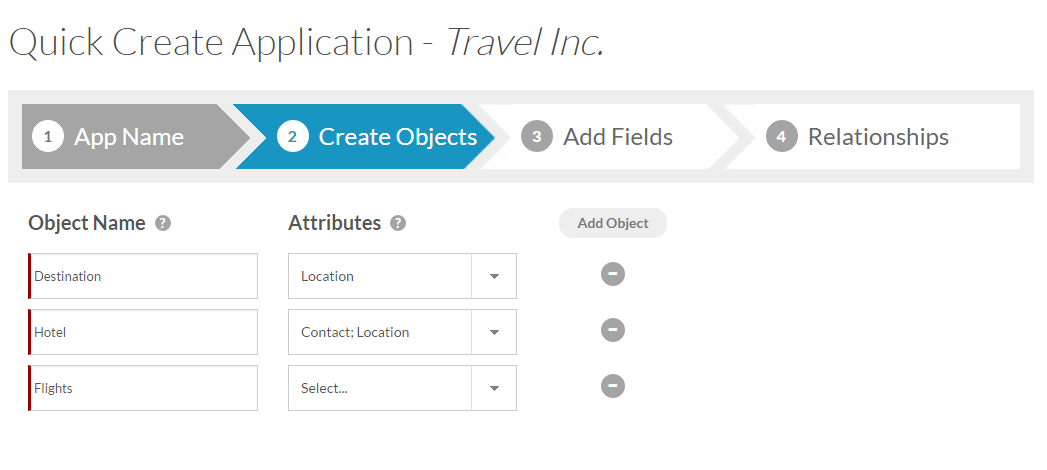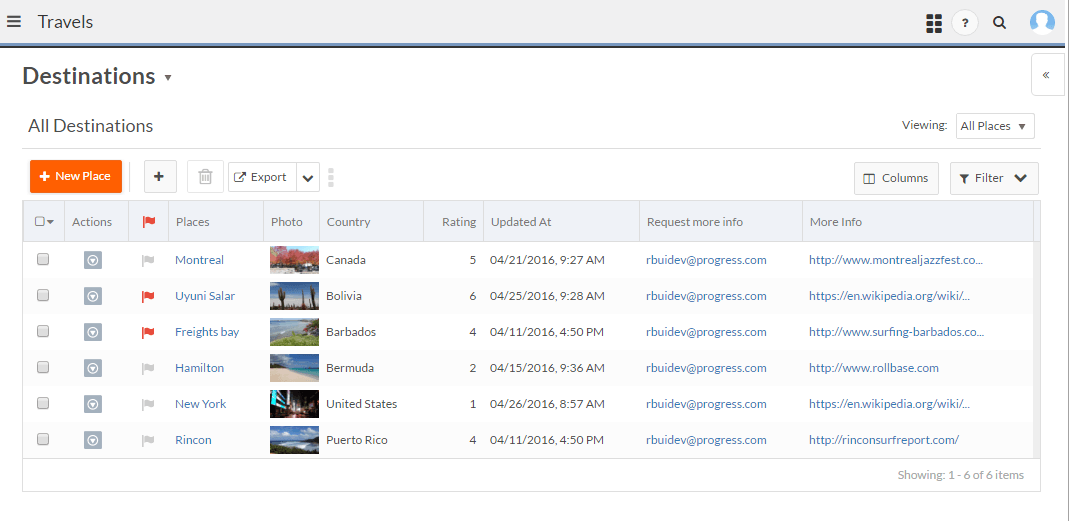In this blog post, we explore what a low-code platform like Rollbase really is and what value it brings to the table.
You may have heard low-code platforms are important for creating all sorts of applications at an unprecedented speed and at a drastically reduced cost. You also may have heard they are well suited for the cloud and projects that start small and scale very quickly. Well, does it sound too good to be true?
I could try to give you a precise definition of what a low-code platform really is but that would not be very useful because these platforms are still evolving.
Instead, it is smarter to look at what characterizes them. A low-code platform:
- Allows for the creation of web applications using point-and-click/drag-and-drop tools and metadata model methodology. It also extends the application with code at specific hook points.
- Offers a variety of built-in services.
- Provides the ability to deploy, run, scale and manage the application.
Get Rolling with Low-Code Platforms
If you are coming from the world of traditional web programming, a low-code platform is a huge departure in the sense that you don’t have to reinvent a lot of the services that you need. Even more compelling is the built-in deployment, running and scaling, all done from the same environment and the same UI.
Let’s dive in a bit on what these characteristics actually mean in practice, using Progress Rollbase, our low-code platform, as the example.
With Rollbase, you do everything within a web browser. Yes, that’s right—the web browser is where you prototype, design, implement, deploy, run, install and publish applications. This is one of the key pillars that makes the platform a first-class citizen in the cloud.
The first thing you do is define objects and their properties and then establish relationships between objects. The second step—wait, there is no second step.
At this stage, you have an out-of-the-box web application that works across multiple devices, from smart phones to desktops. Yes, that’s right; you get responsiveness without having to hire developers who are knowledgeable in responsive techniques and design.
Here are a few screenshots illustrating the points above. The first two screenshots show how you create an application, its associated objects, the attributes and fields for each object and finally the relationships and cardinality between objects:


Here is a simple travel application with renders from desktop, iPad mini tablet and Samsung Android smartphone platforms:



This is just the tip of the iceberg. The next big advantage comes from all the built-in services, but honestly, there are just too many of them to cover in this blog post.
In the next few posts, I will go over additional out-of-box values, why low-code platforms are emerging and why Rollbase is a great platform for building fast changing business apps (i.e. IT mode 2 apps). Whether you are automating your own business process, or building the next great software company, Rollbase can get you into production faster than you ever imagined. To give you a taste of the built-in services, let’s just list some simple examples: emailing capabilities, charting, reporting, authenticating with SAML, multi-lingual UI and themes.
In conclusion, if you are a web developer, you want to start learning when it’s best to leverage such platforms. If you program with Kendo UI, Rollbase provides a great platform for you to create applications at an unprecedented speed. If you are a decision maker, you should investigate how a low-code platform can empower your organization’s agility and capacity to quickly and inexpensively innovate.
Want to try it out? To learn more, you can try Rollbase for free today.

Thierry Ciot
Thierry Ciot is a Software Architect on the Corticon Business Rule Management System. Ciot has gained broad experience in the development of products ranging from development tools to production monitoring systems. He is now focusing on bringing Business Rule Management to Javascript and in particular to the serverless world where Corticon will shine. He holds two patents in the memory management space.

